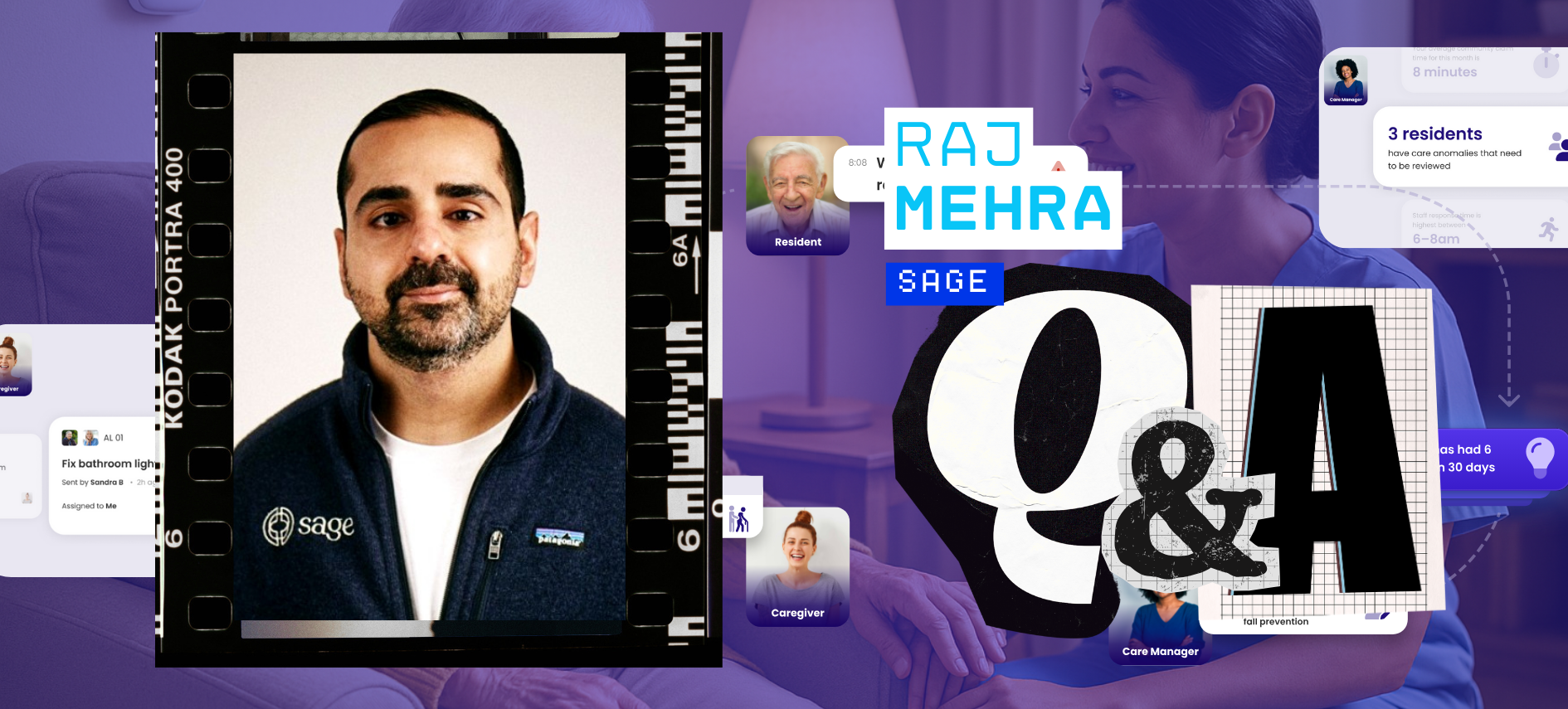In a recent SLIF MasterMind session, ten senior living executives came together to share how they are addressing the staffing crisis. The conversation included leaders from Erickson Living, Senior Lifestyle, Validus Senior Living, PointClickCare, Priority Life Care, Solterra Senior Living, Cathedral Square and St. John’s United.
Over the course of their hour-long conversation, they discussed how the crisis has affected their communities, how they’ve dealt with it, and where they can still improve—from large-scale paradigm shifts to the nitty-gritty of social marketing campaigns.
At a broad level, senior living providers need to ask themselves whether workers have good reasons to leave the industry. “We as companies have spent all this time demanding loyalty from our employees, but we treat them like they're disposable,” one exec said. Another agreed, arguing that the public sector boasts stronger employee retention than pretty much any other industry because it still offers legacy benefits. “When I talk to my friends who work for the government, they want that magic 25-year bullet of full benefits," they said. "Is there a way for us to create that legacy benefit again?”
That world might be a ways off, but there are still plenty of ways to start shifting the paradigm. One provider in the session raised base pay rates across the board, with sign-on bonuses, retention bonuses, and a new hire mentorship program in which mentors also receive a bonus when their trainees stay 90 days. Another offers free telehealth to all employees—part-time and full-time—as well as Uber credits to help them get to work (or wherever else they need to go) in public transit deserts.
What about the pipeline? Bringing new people into the industry post-Covid isn’t impossible; it just takes some ingenuity. One provider that staffs its restaurants with local high schoolers offered referral bonuses to employees who recommended their friends, netting around 60 new hires in a single job fair. Another strategy is to partner with local professional education programs, covering (e.g.) the cost of CNA training and certification for students who accept a job offer. One provider used an approach like this to hire about 50 people in six months.
You might have to think outside the box—or rather, the country. PointClickCare’s Murray Mercier described one provider who started participating in the H1-B visa program, going so far as to arrange housing for new hires from outside the US. Another exec suggested it might be possible to partner with local universities—one of the few institutions that can currently bring foreign nationals into the US—to provide students with a pathway to employment.
A little tech-savvy goes a long way. Your standard social media campaign is just the tip of the iceberg. Using Rocket Leads, one provider geofenced its job ads for local Spanish-speaking communities. The result? It managed to staff up communities with longstanding staffing difficulties, increasing retention by 41%. The majority of its new staff don’t speak English, but bilingual supervisors and translation apps help keep things running smoothly.
None of this matters if employers don’t meet employees where they are. Today’s workers are increasingly interested in flexible scheduling; the constant day-to-day grind of shift work is one of the main forces driving burnout. Providers can attract and retain workers by giving them the opportunity to move at their own pace. “As long as you've got a decent, electronic way of scheduling and interacting with those employees, they can fill in shifts as things are open,” Mercier said. “You can set the right parameters for that to happen and just accept that some people do like to have that flexibility of not being on the same schedule every week.”
It’s not just about shifts, it’s about roles. One provider adapted to the pandemic by creating a “Universal Worker” position, hiring people to float between various departments: food delivery, gatehouse screening, technology assistance with residents, activities, housekeeping. The new hires gradually found their footing in one role or another, settling into permanent positions and allowing the provider to start the process all over again as vacancies opened. “It’s a pretty neat way to get people into the industry, expose them to several different departments, and let them discover where their passion lies,” said an exec. “We’ve had a few convert to positions like activities, scheduler, concierge, home support, and two who pursued the care associate or CNA path.”

Posted by
SLIF heads to Carlsbad!
The One of a Kind Retreat for Senior Housing Leaders.
May 31 - June 2, 2026 | Carlsbad, CA
Learn More









Comments